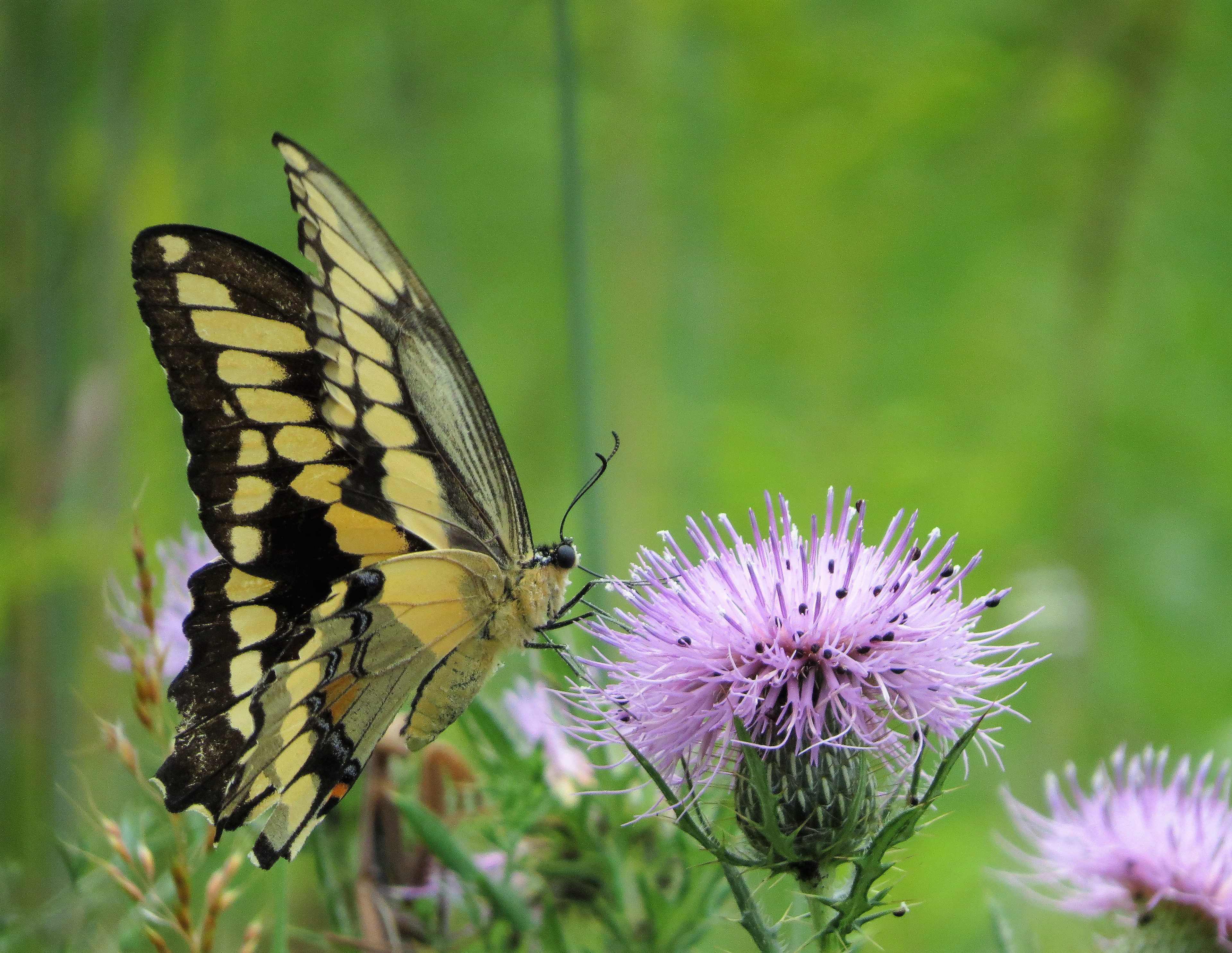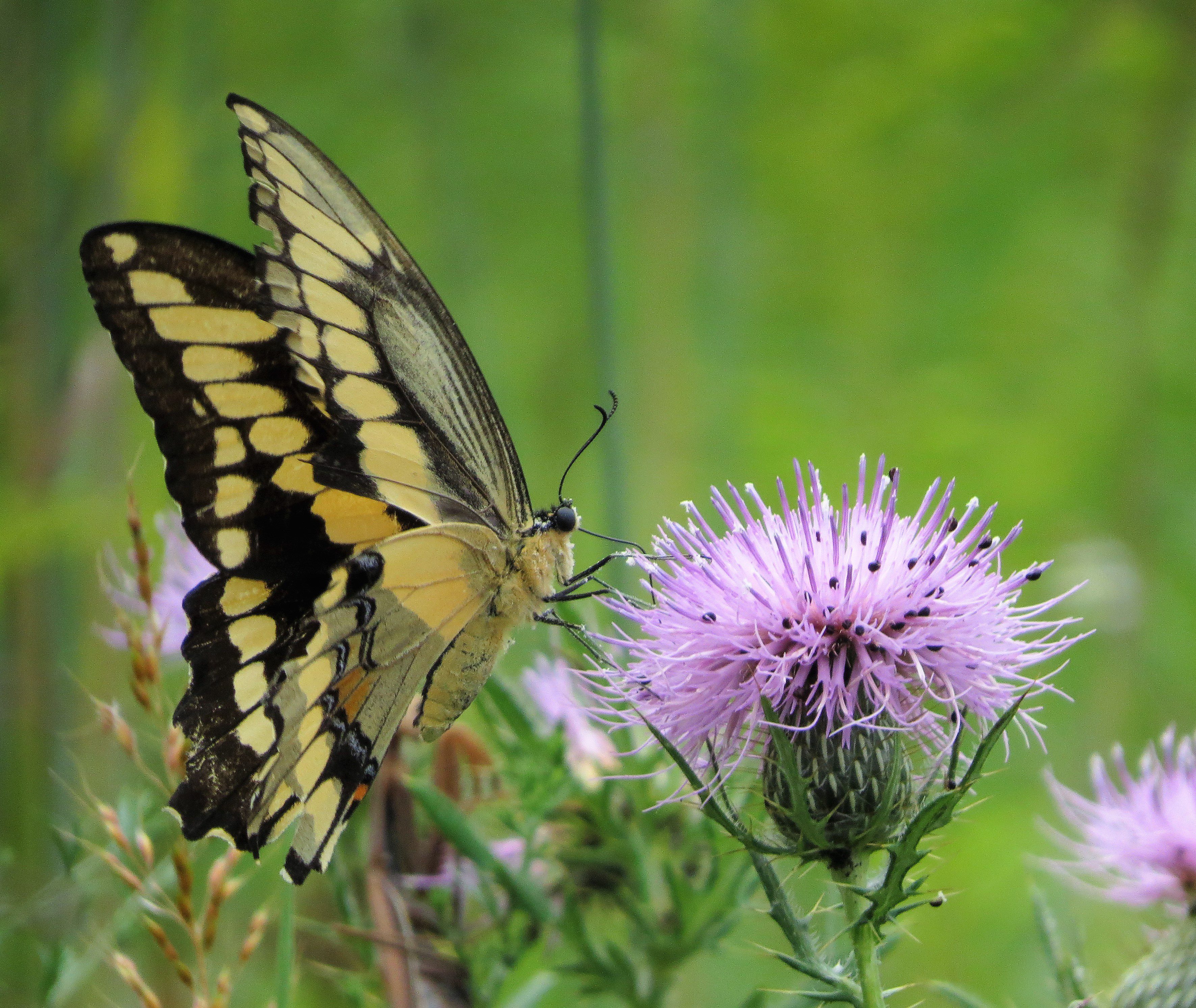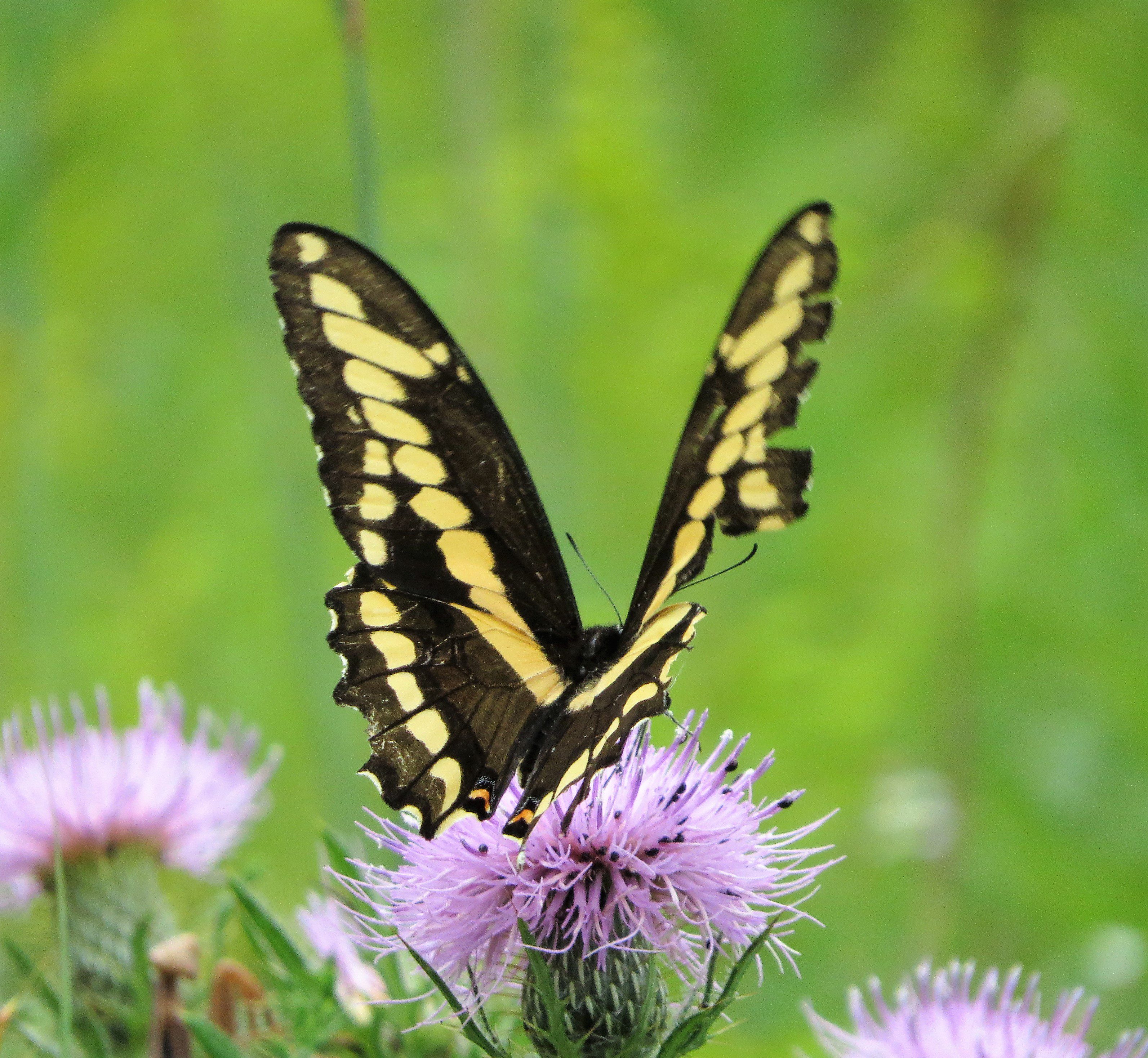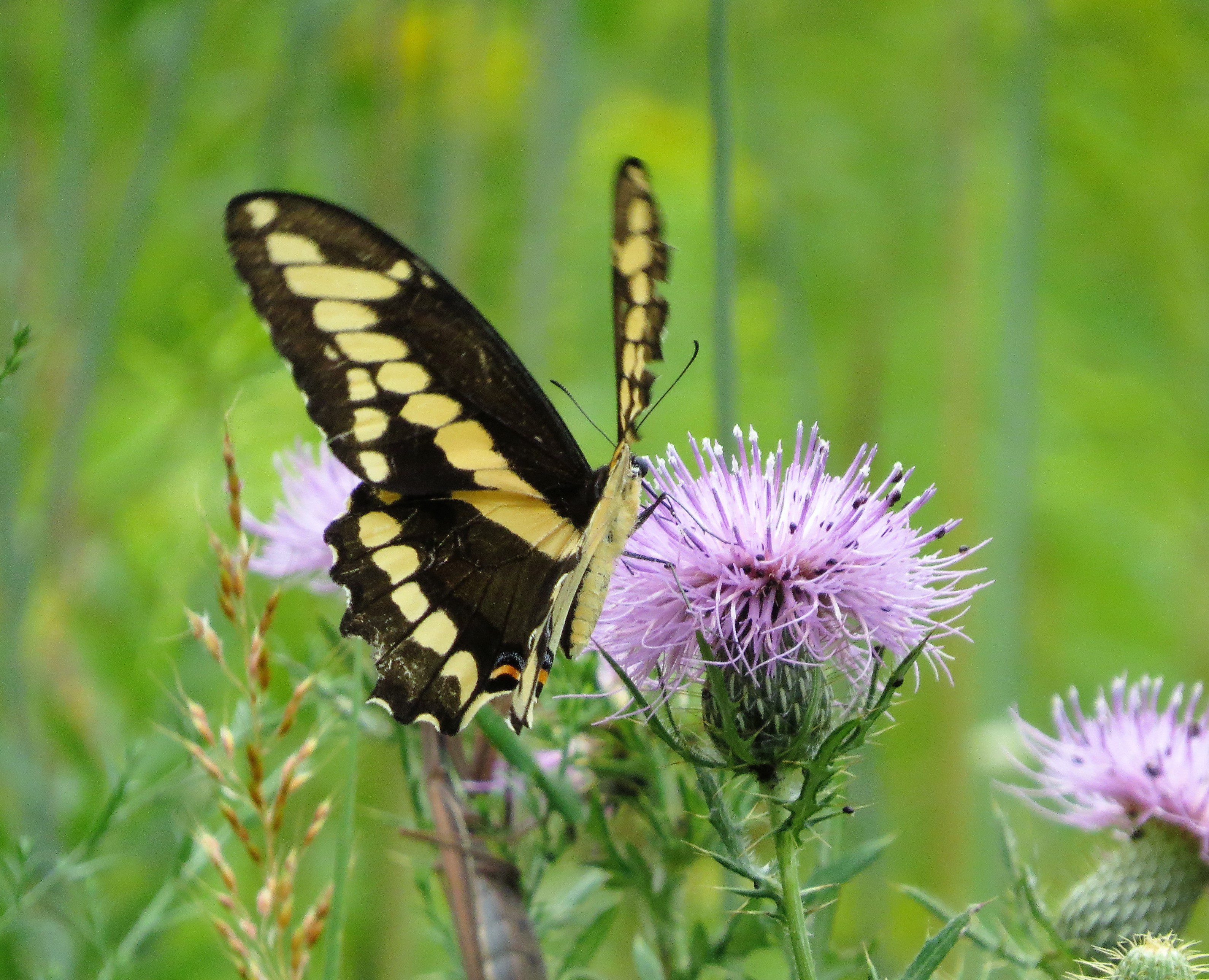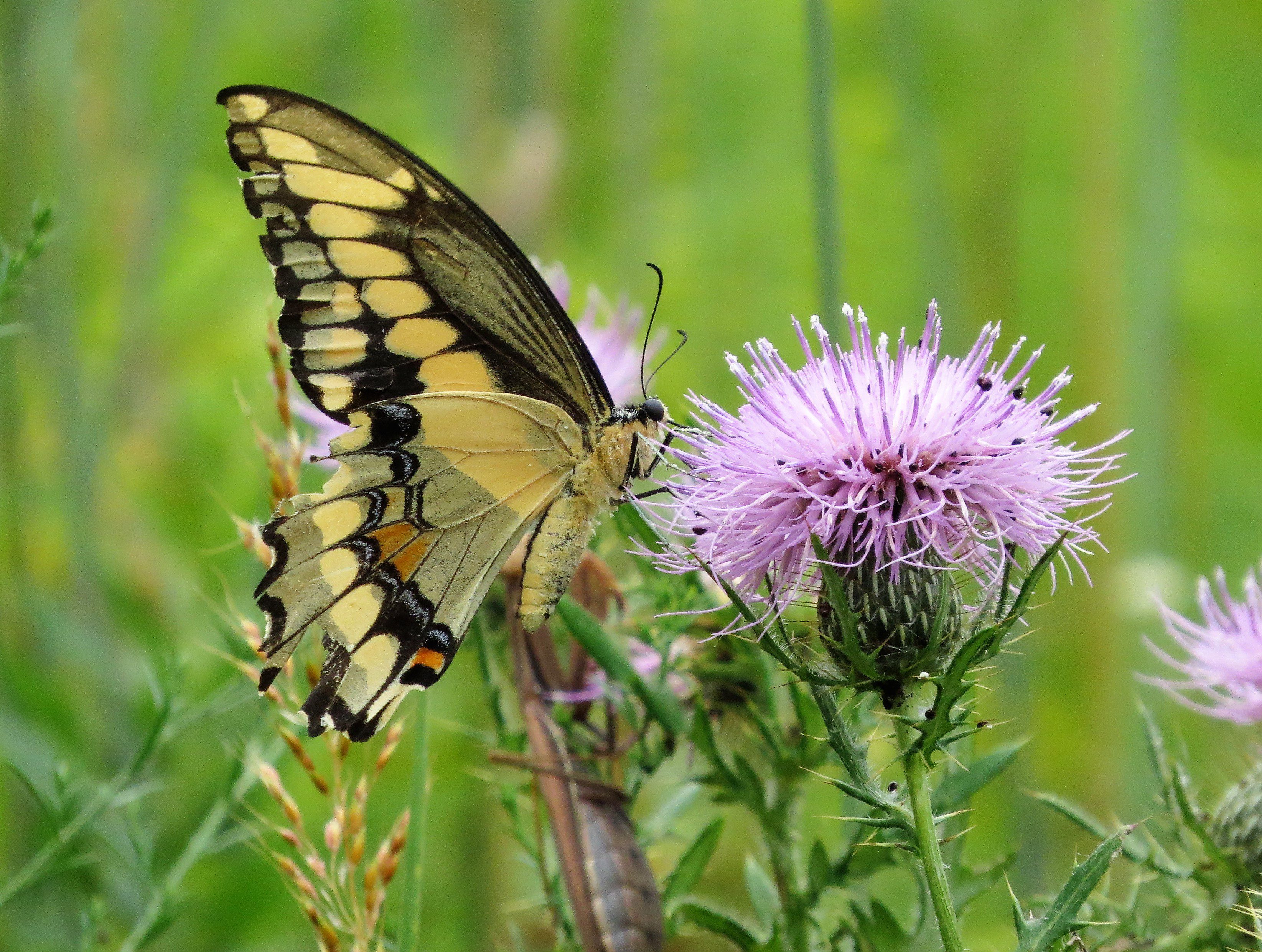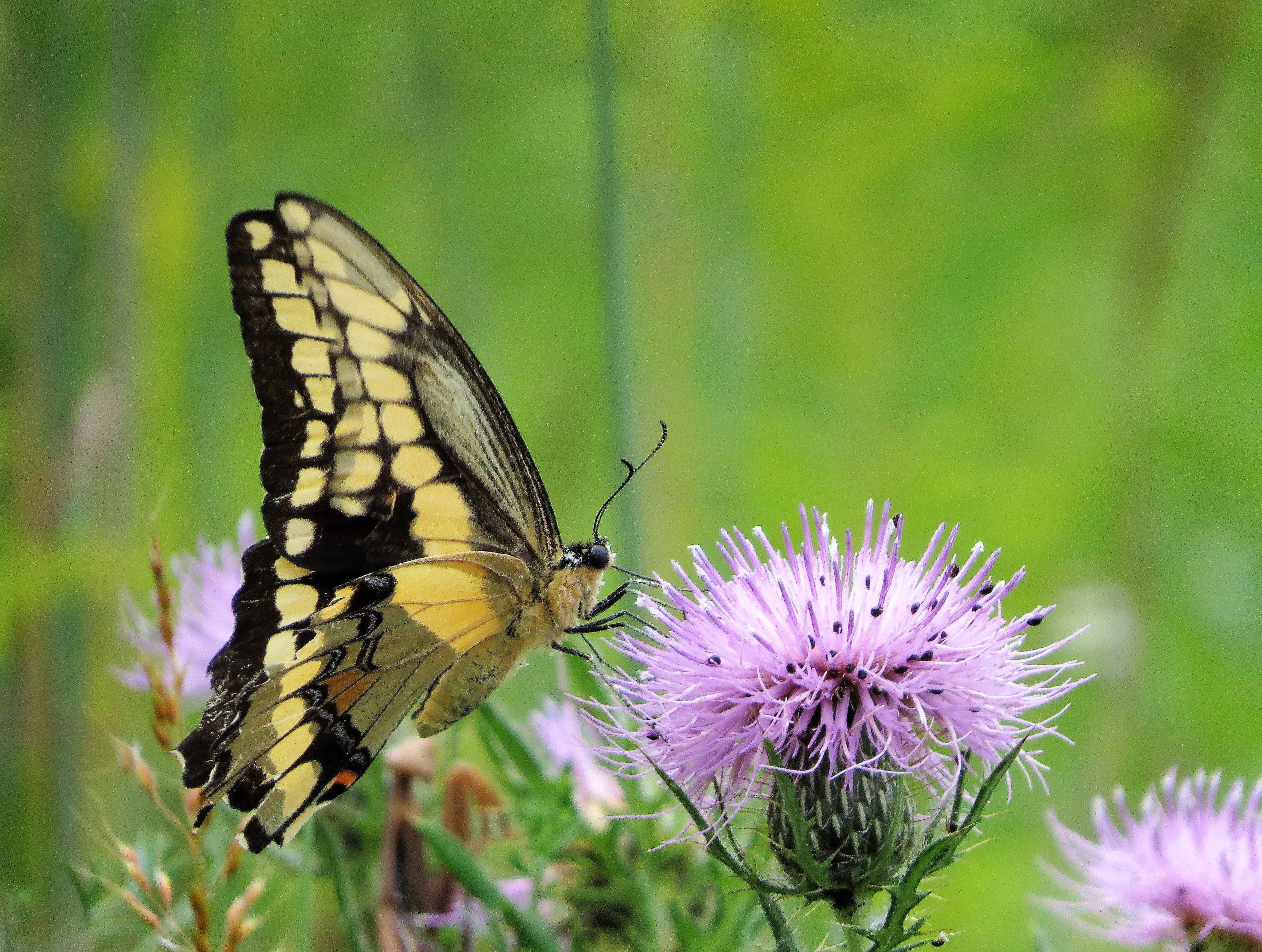Raptor photography by David Brown, Ashland Hawk Watch Coordinator
You’ve probably read the headline: 3-Billion Birds Lost Since 1970. In the U.S. and Canada, many bird species in every biome have significantly declined in the last 50 years. It isn’t just obscure species in distant remote places. Common birds like the Dark-eyed Junco, White-throated Sparrow, Baltimore Oriole, Wood Thrush, and many species of warblers, sparrows, swallows, etc. have all lost populations. On the positive side, a few groups of birds such as ducks, geese, turkey, and raptors have been on the increase since 1970. Most raptor species are increasing due to the ban of certain chemicals that reduced their populations, as well as work done through the Endangered Species Act. However some grassland raptors like the American Kestrel and Northern Harrier, are declining.
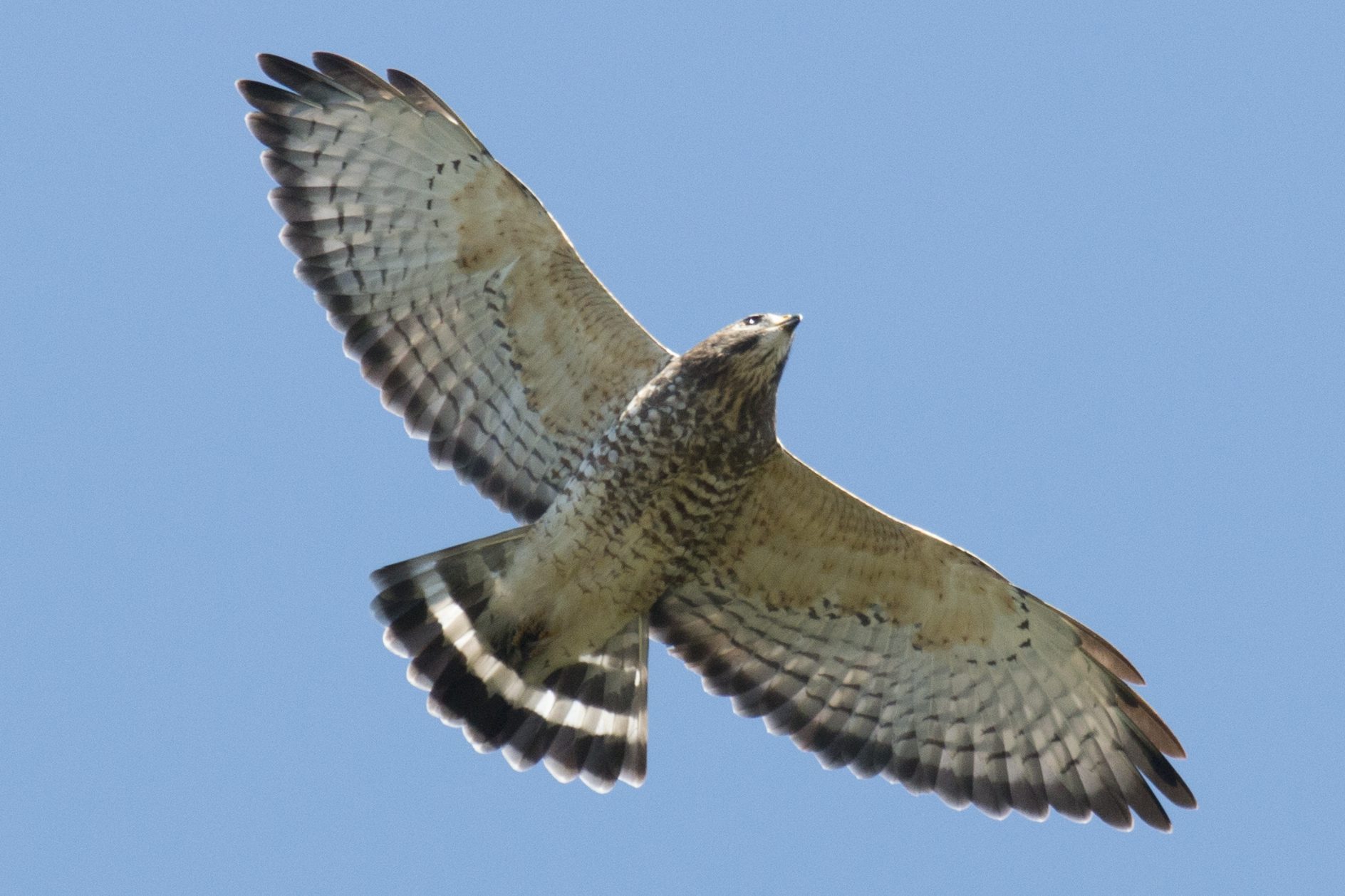
Each September through November, Ashland Nature Center operates the Ashland Hawk Watch, a raptor migration count station, to do our part to “keep tabs” on the raptors moving south for the winter. On a daily basis, a professional Hawk Watcher as well as volunteers are on Hawk Watch Hill to observe and record what raptors are moving past. Our data is submitted to the Hawk Migration Association of North America, where over 150 sites contribute similar data. In this way, we are helping to maintain a clearer picture of how raptors are faring in North America. The Ashland Hawk Watch is a joint project between the Delaware Nature Society (DelNature), the Delaware Ornithological Society (DOS), and Delaware Department of Natural Resources and Environmental Control (DNREC).
During September, a visit to the Hawk Watch can produce sightings of such species as American Kestrel, Bald Eagle, Broad-winged Hawk, Osprey and others. The big spectacle is the movement of Broad-winged Hawks in mid-to-late September. On a good day, you have the potential to see hundreds, if not thousands, traveling south in just a few hours.
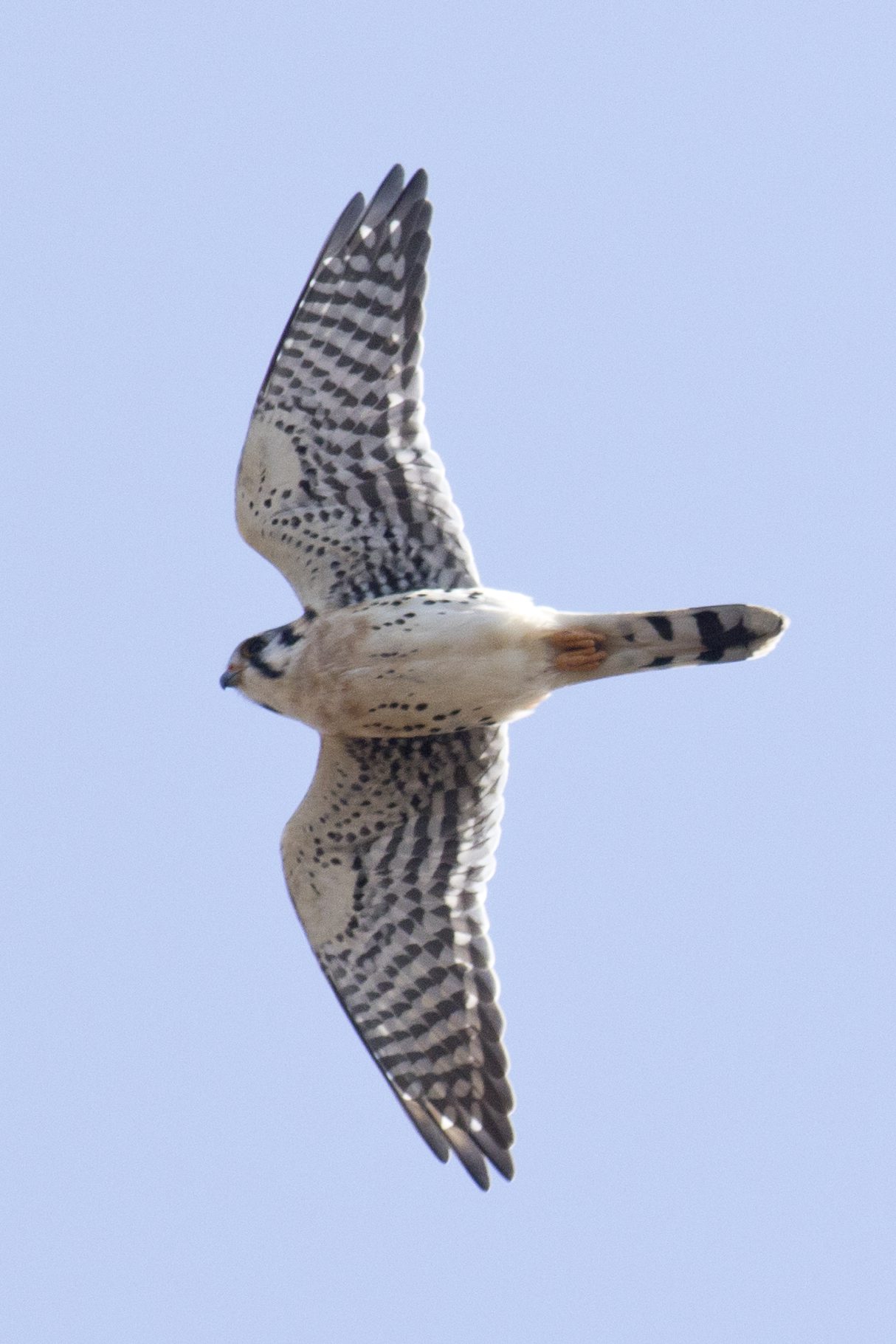
In 2020, we recorded a little over 1,800 Broad-winged Hawk passing Ashland, which is relatively low for a season total. Our biggest years were 2012 and 2013, where we had over 12,000 pass over Ashland each of those seasons. Ashland Hawk Watcher David Brown reports that… “the bulk of them come through between September 15 to 25, especially on sunny days with light winds. North wind is generally best”. This swing in numbers of Broad-winged Hawks doesn’t necessarily mean that they are declining, however. In years that we don’t see as many, hawk watches in the Appalachian Mountains report high numbers, indicating that the migration route shifts a little during the season and between years depending on weather conditions.
September offers other highlights as well. In September 2020, we tallied 164 Osprey, 144 Bald Eagles, 227 Sharp-shinned Hawks, 105 Cooper’s Hawks, 363 American Kestrels, and 33 Merlin. We get other species including Northern Harrier, Peregrine Falcon, Red-tailed and Red-shouldered Hawks. The trees surrounding the Hawk Watch are also a great place to see migrant warblers, vireos, flycatchers, and other songbirds. Species flying over include Bobolink, Common Raven, Common Nighthawk, and practically anything found in our area during fall. Just about anything can fly past, and is what keeps people coming back repeatedly throughout the season.
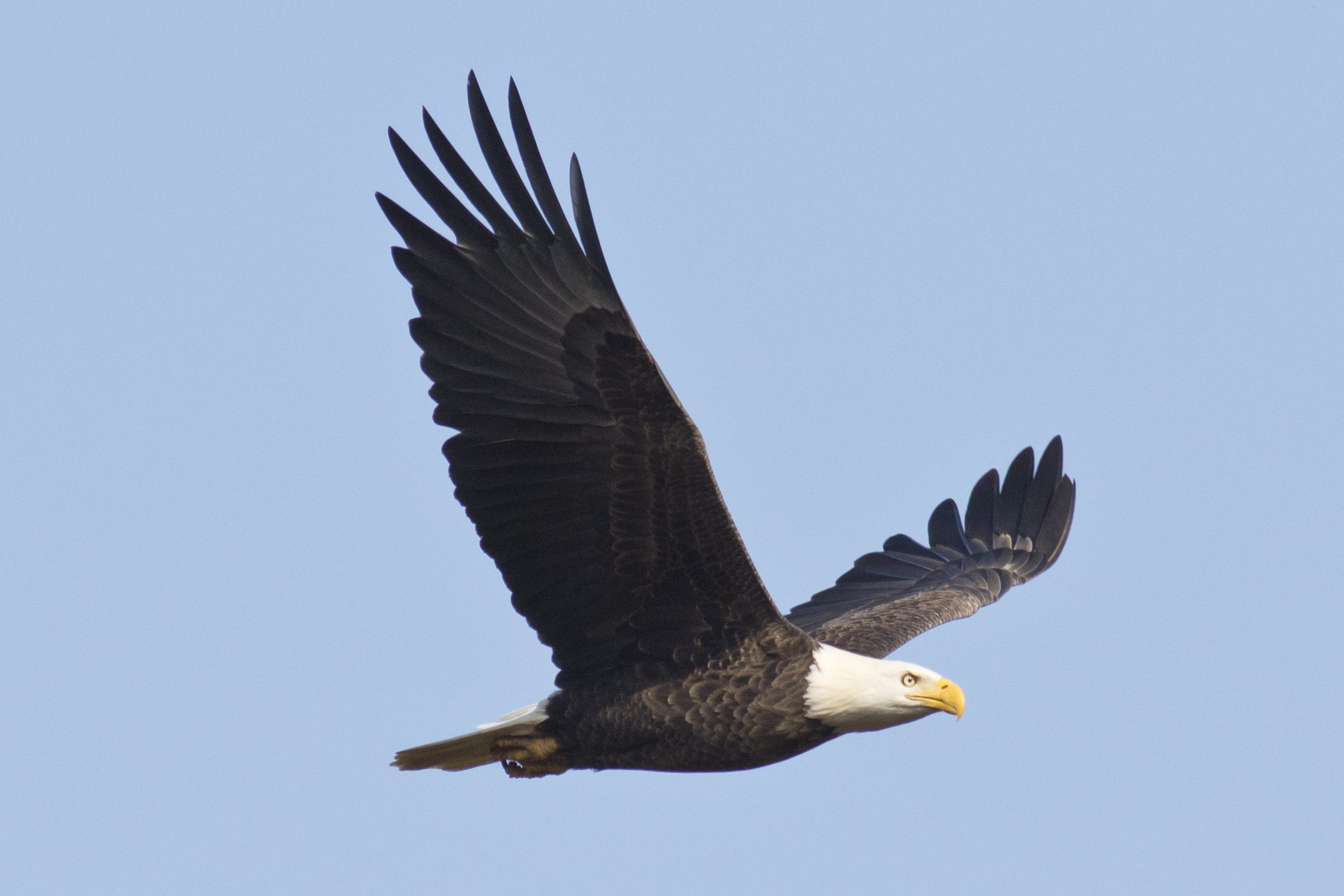
Ashland Hawk Watch is also simply a great place to sit, relax, enjoy the view, and watch the change of seasons. It is a quintessential Delaware Piedmont viewscape, with distant views of rolling hills cloaked in forest, interspersed with meadows, overlooking the Red Clay Creek Valley. Seeing birds migrate overhead provokes a feeling of seasonal change taking the form of a living bird. Mix in scenic fall foliage starting in early to mid-October, and you have a perfect autumn nature experience.
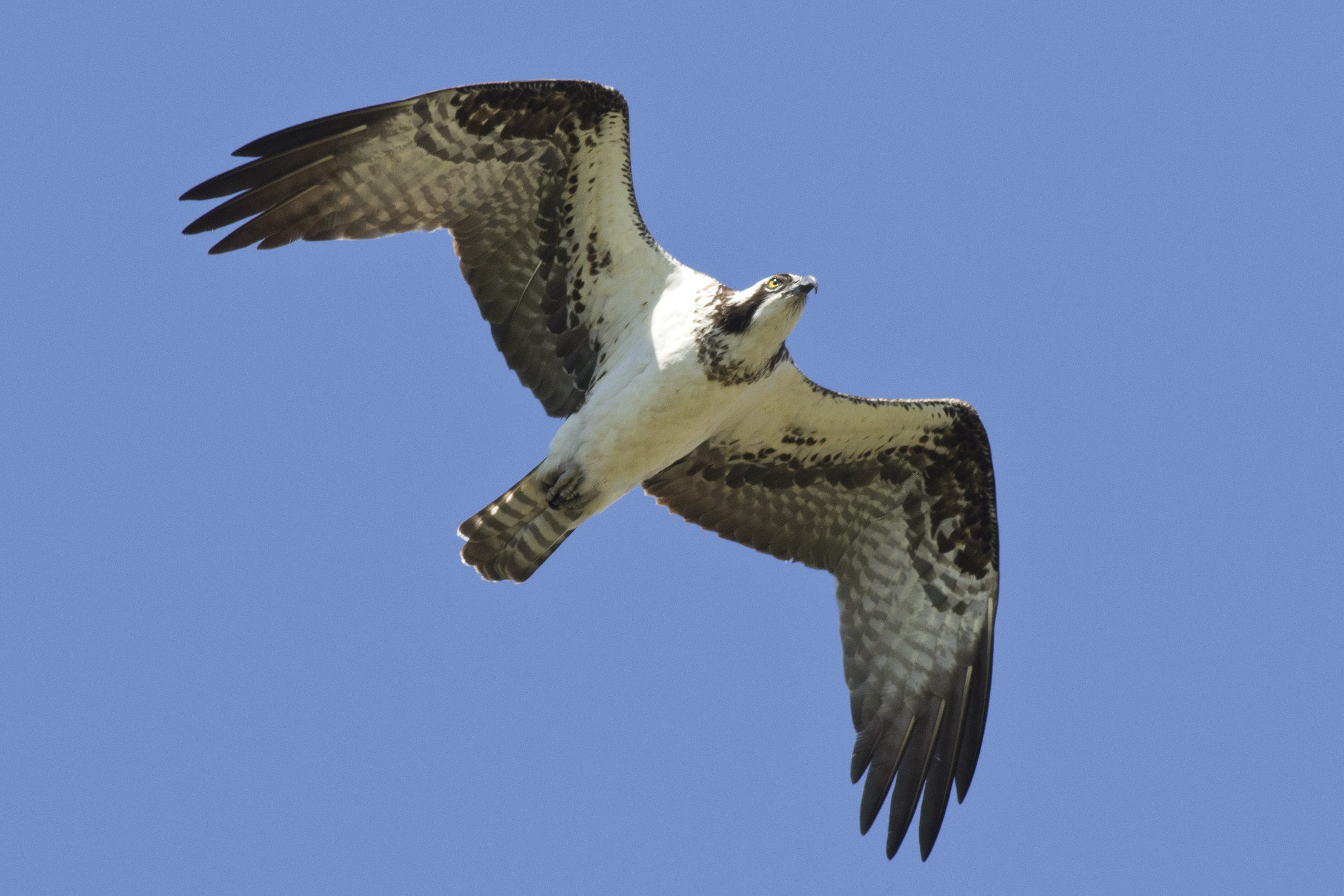
Visiting Ashland Hawk Watch is simple. Park in the main parking lot at Ashland Nature Center, 3511 Barley Mill Road, Hockessin, DE. Follow signs to the Lodge, and proceed to the top of the hill above the lodge. Ashland Nature Center is the Headquarters for Delaware Nature Society. Our trails are open daily, dawn to dusk, and DelNature members have year-round trail access for free. Members of the Delaware Ornithological Society also have free access to the Hawk Watch in the fall because the organization is an equal partner in the project. Others are asked for a small trail fee donation. Consider becoming a DelNature Member to support our Bird Conservation work such as the Hawk Watch. An entry fee donation is always appreciated to support the work we do, and helps maintain the grounds for a pleasant and fulfilling nature experience.
Oh, wait, one more reason to visit Hawk Watch Hill. You never know what you might discover. On August 31, 2021 Joe Sebastiani was enjoying lunch atop Hawk Watch Hill and “saw a rare butterfly…the Giant Swallowtail which is typically found further south of Delaware, and the caterpillars, called Orange Dogs, eat plants in the citrus family. They are considered a pest in citrus orchards in Florida because of this. The caterpillar is a bird dropping mimic to avoid predation. Adults are found occasionally in the summer as strays northward into New England. This is the first one I have seen in Delaware since 2014.”
Jim White, DelNature Senior Fellow for Land and Biodiversity Management added, “It is believed that there are Giant Swallowtail colonies in our area as they sometimes show up earlier in the year. Prickly Ash is a host tree that can grow in the North. There are records of breeding as far north as Michigan.”
Giant Swallowtails look similar to Easter Tiger Swallowtails but have more black on the upper side of the wings, and the yellow stripes on the upper side form an X near the wingtip. The Giant Swallowtail is considered the largest butterfly in the United States, and is a bit bigger than the Tiger Swallowtail, which is mostly yellow, and has black tiger stripes on the front of the wings.
